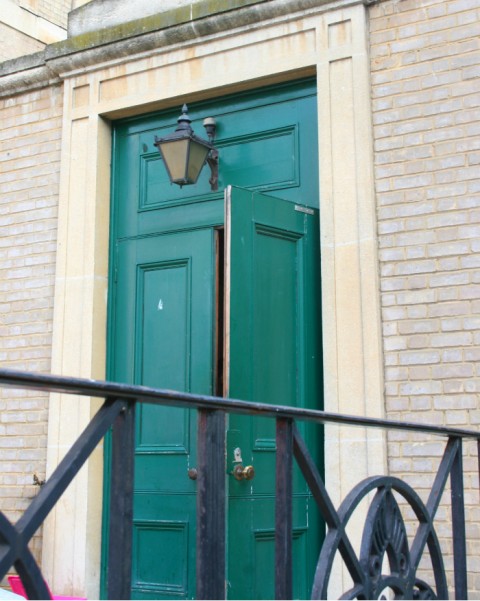Showing up for racial reconciliation
As a young white pastor, I learned the value of working with black organizations—and not trying to be in charge.
Like a lot of towns around the country, our town recognizes that we have a race problem. We’re asking each other what we can do about it—at least some in our town are asking, and some of us have been asking for decades. A couple of months ago two city leaders, both white men, asked me to lunch and confessed their recognition of racial conflict and their ignorance about what to do about it. I pointed out that since I too was a white male, perhaps I was not the best person to ask. Both blushed and sheepishly admitted they didn’t know any black people well enough to ask.
When I first moved here 27 years ago, I attended the local ministerial alliance. I had come to East Texas from an urban setting with a diverse ministerial alliance, and I was unsettled when I saw about 25 white men at the meeting. No one of color was present, and there were no women clergy in town. At one point a pastor asserted, “We represent the spiritual leadership of the city,” and I said, “After looking around the room, I’d say that we represent the white male spiritual leadership.” It grew quiet until one of the older ministers spoke up. “The black pastors have their own alliance.”
When I got back to my study at the church after lunch, I phoned the pastor of our partner church, Zion Hill, a distinguished African-American congregation. We had formed a partnership in 1971 because both churches were full of educators fighting for the integration of our local schools. The partnership had continued, centered mostly on joint worship services. As tepid as I thought these services were, I soon learned that it was unusual for black and white congregations to meet together at all.






